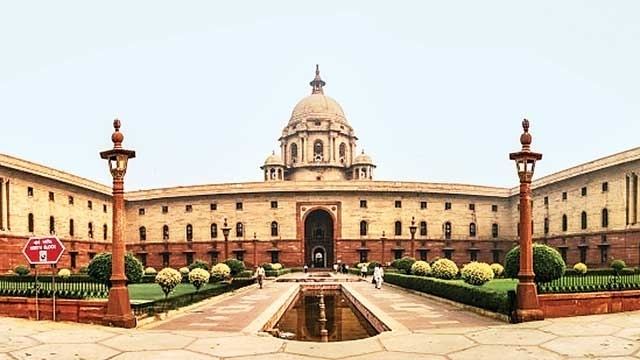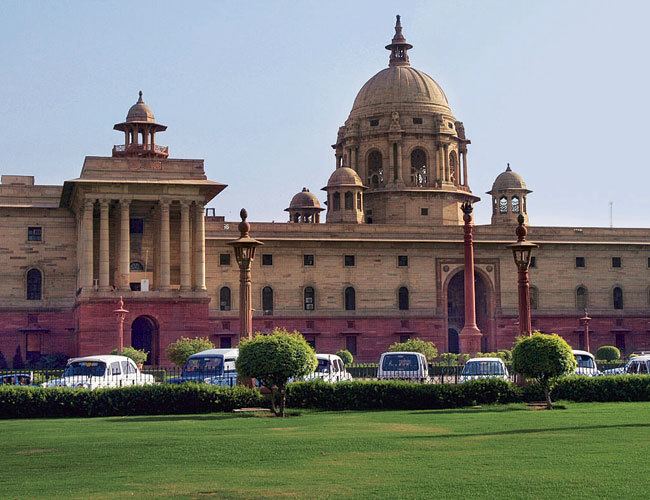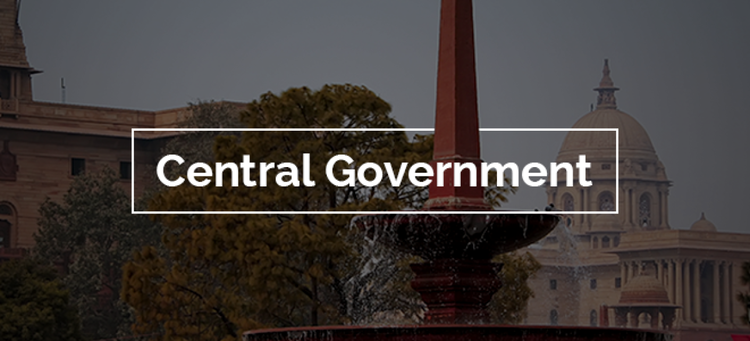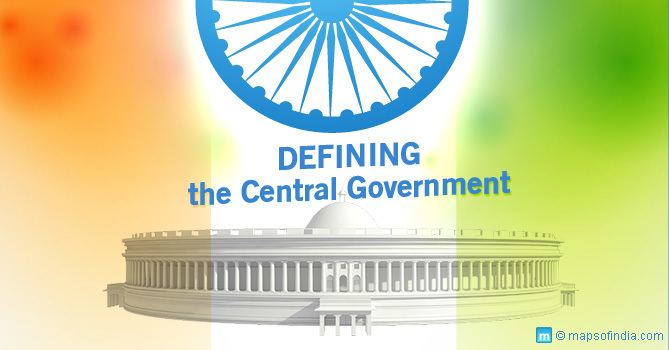 | ||
A central government is the government of a nation-state and is a characteristic of a unitary state. This is the same thing as a federal government which may have distinct powers at various levels authorized or delegated to it by its member states, though the adjective 'central' is sometimes used to describe it. The structure of central governments varies. Many countries have created autonomous regions by delegating powers from the central government to governments at a subnational level, such as a regional, state or local level. Based on a broad definition of a basic political system, there are two or more levels of government that exist within an established territory and govern through common institutions with overlapping or shared powers as prescribed by a constitution or other law.
Contents
- central government is not concerned about tn fisherman d raja accuses
- Examples of non federal central governments
- Examples of federal governments
- Examples of confederations
- References

Usual responsibilities of this level of government which are not granted to lower levels are maintaining national security and exercising international diplomacy, including the right to sign binding treaties. Basically, the central government has the power to make laws for the whole country, in contrast with local governments. For definition of levels of government see also general government (in economics).

Generally, the difference between a central government and a federal government is that the autonomous status of self-governing regions exists by the sufferance of the central government and are often created through a process of devolution. As such they may be unilaterally revoked with a simple change in the law. An example of this was done in 1973 when the Northern Ireland Constitution Act 1973 abolished the government of Northern Ireland which had been created under the Government of Ireland Act 1920. It is common for a federal government to be brought into being by agreement between a number of formally independent states and therefore its powers to affect the status of the balance of powers is significantly smaller (i.e. the United States). Thus federal governments are often established voluntarily from 'below' whereas devolution grants self-government from 'above'.

central government is not concerned about tn fisherman d raja accuses
Examples of (non-federal) central governments
There are many countries which have delegated powers, some include:

Examples of federal governments
A federal government is the common or national government of a federation. Examples include

The United States is considered the first modern federation. After declaring independence from Britain, the U.S. adopted its first constitution, the Articles of Confederation in 1781. This was the first step towards federalism by establishing the confederal Congress. However, Congress was limited as to its ability to pursue economic, military, and judiciary reform. In 1787, a Constitutional Convention drafted the United States Constitution during the Philadelphia Convention. After the ratification of the Constitution by nine states in 1788, the U.S. was officially a federation, putting the U.S. in a unique position where the central government exists by the sufferance of the individual states rather than the reverse.
Other states followed suit in establishing federal governments: Switzerland (1848); Canada (1867); Germany (1871 and again 1949); Brazil (1891); Australia (1901); Austria (1920 and again 1945) and India (1947 and again 1950).
